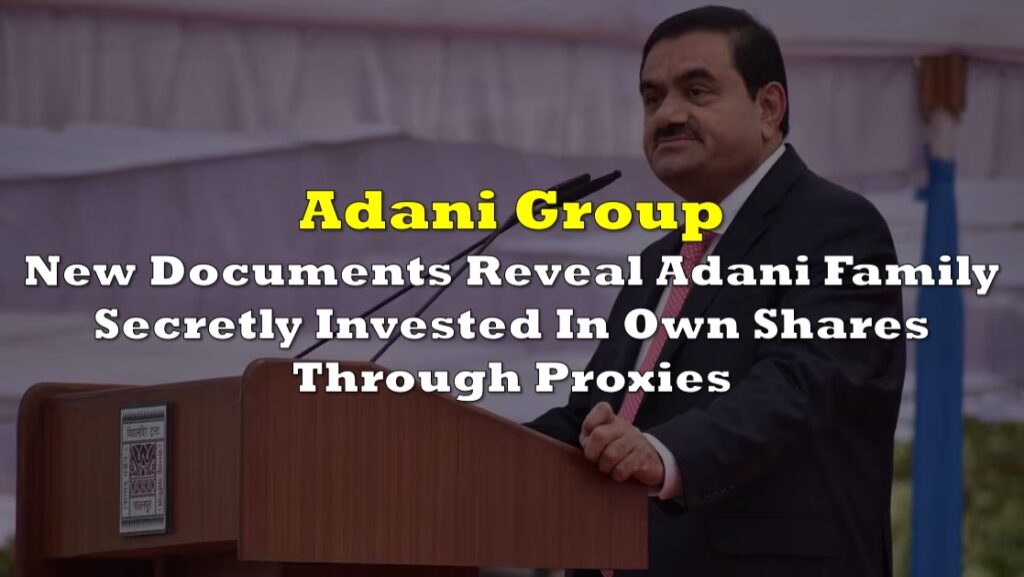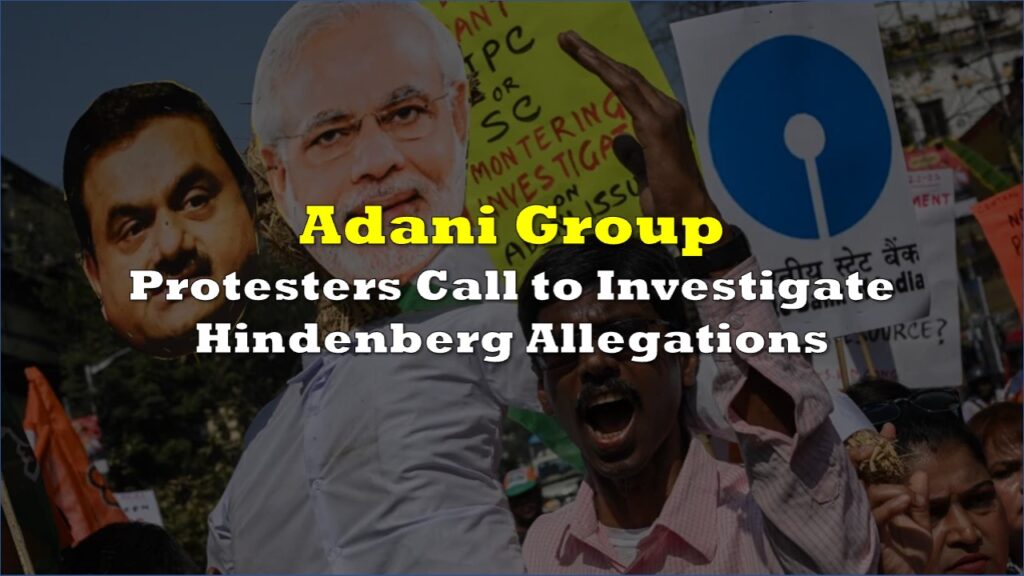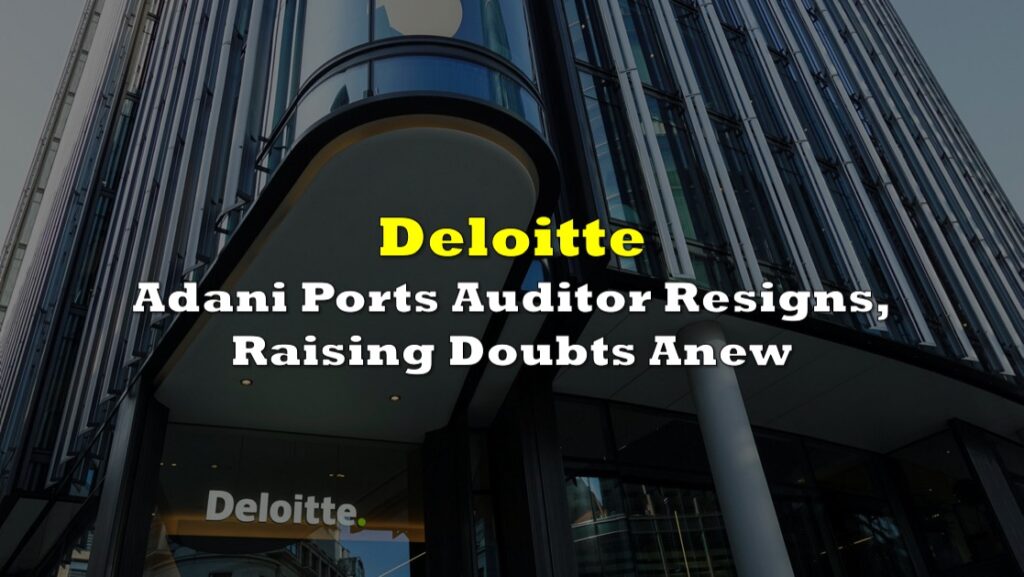The upcoming leadership transition within the Adani Group, one of India’s largest and most influential conglomerates, stands poised to reshape the country’s economic landscape and reverberate across global markets. With a market capitalization of $213 billion and control over critical infrastructure sectors, the succession plan of Gautam Adani, the group’s founder, is more than a mere family affair. This shift promises to impact everything from India’s energy strategy and infrastructure development to its financial markets and international trade relations.
As Gautam Adani prepares to hand over the reins to the next generation, the stakes are incredibly high, not only for the Adani family but also for investors, policymakers, and millions of Indians whose lives are intertwined with the conglomerate’s vast array of businesses.
In Ahmedabad, a key moment unfolded within the Adani household in early 2018. Gautam Adani, a man whose name is synonymous with India’s rapid economic ascent and who stands as Asia’s second-richest individual with a net worth surpassing $100 billion, posed a profound question to his sons and nephews: should they divide the Adani Group’s extensive business empire and forge their own paths?
This inquiry was not merely rhetorical; it marked the beginning of a carefully orchestrated succession plan that promises to reshape the landscape of Indian business and potentially impact the global economy.
The Adani transition
The Adani Group, founded by Gautam Adani in 1988, started as a modest commodity trading firm. Today, it has metamorphosed into a sprawling conglomerate with interests in diverse sectors including ports, power, green energy, airports, and logistics. The group controls critical infrastructure assets that are key to India’s economic growth. It is the largest importer of coal, the biggest owner of solar farms, and operates ports that handle nearly half of the country’s container traffic. Additionally, the group’s airports accommodate over 90 million passengers annually, underscoring its central role in India’s infrastructure framework.
As Gautam Adani approaches 70, he has laid out a plan to hand over the reins by the early 2030s. This transition involves his two sons, Karan and Jeet, and his nephews, Pranav and Sagar. This generational shift is set against a backdrop of significant challenges, including legal battles, regulatory scrutiny, and the need for seamless continuity in leadership.
The Adani Group’s market capitalization, standing at an impressive $213 billion across its ten listed entities, underscores the magnitude of this transition. The group’s dominance in sectors like energy, logistics, and infrastructure makes this leadership change crucial not just for the conglomerate but for the broader Indian economy.
The transition comes at a time when the Adani Group is under intense scrutiny. In January 2023, New York-based Hindenburg Research accused the conglomerate of financial malpractices, alleging that it used a network of offshore entities to manipulate stock prices and inflate revenues. The report, which Adani has vehemently denied, temporarily erased $153 billion from the group’s market value. This episode highlighted the vulnerabilities of the conglomerate and intensified the spotlight on its governance practices.
In addition to the Hindenburg allegations, the Adani Group is also facing a probe by U.S. prosecutors into potential bribery related to a green energy project. Bloomberg reported that U.S. authorities are investigating whether Adani entities or individuals associated with the company paid bribes to Indian officials to secure favorable treatment. The group however has denied any wrongdoing and no charges have been filed.
The Adani Group also has come under scrutiny for its coal import practices, which appear to involve overpriced transactions. A comprehensive review of customs records by the Financial Times reveals that the group may have imported billions of dollars worth of coal at prices significantly higher than market rates.
This revelation lends credibility to long-standing allegations that Adani, the largest private coal importer in India, has been inflating fuel costs. These inflated costs have, in turn, led millions of Indian consumers and businesses to overpay for electricity. The customs data shows that over the past two years, Adani employed offshore intermediaries based in Taiwan, Dubai, and Singapore to import approximately $5 billion worth of coal, often at prices exceeding double the prevailing market rates.
The heirs
The transition plan involves Gautam Adani’s two sons and his nephews, each entrusted with specific sectors of the conglomerate:
- Pranav Adani, the son of Gautam’s older brother Vinod Adani, oversees consumer businesses, gas distribution, media, and real estate. He is also responsible for communications, a role that became crucial during the Hindenburg crisis. “We weren’t communicating the way we should have. So now we are going out and communicating,” Pranav said. He has restructured the communications team to better manage the group’s narrative.
- Karan Adani, Gautam’s elder son, is in charge of the ports and logistics, and cement businesses. These sectors are among the group’s most established and profitable units. Karan is focused on expanding the ports business globally, reducing reliance on Chinese imports by developing a domestic manufacturing ecosystem, and strengthening the group’s logistics network. “The clear priority is that we keep expanding not just within India, but also into our neighboring countries,” Karan stated.
- Jeet Adani, Gautam’s younger son, oversees the airports, digital businesses, and the defense arm of the conglomerate. He is tasked with ambitious projects such as building the world’s largest renewable energy park by 2030 and enhancing the group’s digital presence. “Defense has a huge scope for overall development and digital also is a key area for us,” Jeet said.
- Sagar Adani, Gautam’s younger brother Rajesh Adani’s son, leads the energy business and finance. He aims to attract long-term investors and improve analyst coverage. “An infrastructure portfolio of our size, our kind and growth rate doesn’t exist anywhere else in the world,” Sagar noted. He is also focused on making the energy business self-reliant by sourcing equipment domestically.

The governance structure
One of the critical elements of the succession plan is the creation of a four-way leadership structure. Unlike traditional succession plans that appoint a single heir as the leader, the Adani family has opted for a collaborative approach where responsibilities are shared among the four heirs. This structure, while promoting unity, also presents challenges in terms of decision-making and conflict resolution.
“Though each of us are looking at different businesses, we are like one team,” Pranav said. The family members discuss day-to-day issues over lunch, fostering a collaborative environment. However, the absence of a formal hierarchy could complicate management, especially during crises.
Raphael Amit, a professor at the Wharton School, emphasizes the need for clearly defined roles and conflict resolution mechanisms for this approach to succeed. “Having no clear leader among the four who can take key decisions could turn out to be a drawback,” he said.
The Adani Group’s journey is fraught with both external and internal challenges. The conglomerate has had to address the fallout from the Hindenburg report, which raised serious questions about its governance and financial practices. Additionally, regulatory probes in India and the U.S. continue to cast a shadow over the group.
In response to these challenges, the group has made efforts to reduce debt, improve transparency, and strengthen investor relations. Sagar is working on enhancing analyst coverage, which has been notably scant despite the group’s size. “Analysts haven’t seen such scale and rapid expansion in infrastructure platforms anywhere else,” he said.
Adani Legacy
The Adani Group’s ambition is evident in its expansive projects and strategic vision. Sagar’s energy plans include the construction of the world’s largest renewable energy park, aiming to make the group self-reliant in terms of equipment sourcing. Jeet Adani is driving the digital transformation and expanding the defense business, while Karan Adani focuses on global expansion in ports and logistics.
Pranav Adani, known for his appetite for risk, is overseeing one of the group’s most complex projects: the redevelopment of Dharavi, Asia’s largest slum. This project involves relocating about a million people and has faced political opposition. Its success could unlock significant land value, but failure could result in financial losses and political fallout.
“If we continue to run the businesses in the same manner and in the same style that Gautam Adani did, with the same kind of risk appetite, we will probably fail,” said Jeet Adani. The focus now is on sustainable growth and leveraging professional expertise to manage the vast conglomerate.
Gautam Adani’s confidence in his successors is evident. “I am happy that all of them are hungry for growth, which is not common in the second generation,” he said.
Information for this briefing was found via Bloomberg and the sources mentioned. The author has no securities or affiliations related to this organization. Not a recommendation to buy or sell. Always do additional research and consult a professional before purchasing a security. The author holds no licenses.









